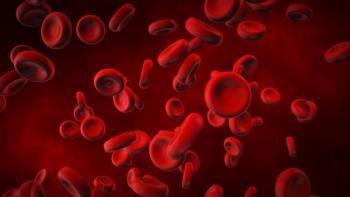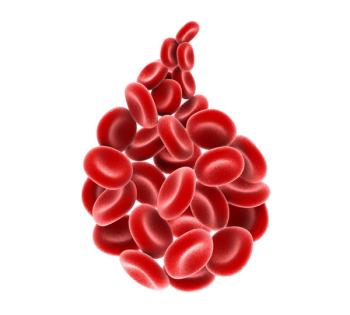
Miami Breast Cancer Conference® Abstracts Supplement
- 42nd Annual Miami Breast Cancer Conference® - Abstracts
- Volume 39
- Issue 4
- Pages: 34
82 Efficacy, Safety, and Biomarker Analysis of ICARUS-BREAST01: A Phase 2 Study of Patritumab Deruxtecan (HER3-DXd) in Patients With HR+/HER2– Advanced Breast Cancer
Background
Despite the improved clinical outcomes achieved with endocrine therapy (ET) plus CDK4/6 inhibitors (CDK4/6i) in hormone receptor–positive/ HER2-negative (HR+/HER2–) advanced breast cancer, few effective therapeutic agents are available beyond progression. HER3 expression is associated with poor prognosis and resistance to PI3K/AKT/mTOR inhibitors and ET. Patritumab deruxtecan (HER3-DXd) is an antibody drug conjugate composed of an anti-HER3 monoclonal antibody conjugated to a topoisomerase I inhibitor by a cleavable peptide linker. The phase 2 ICARUS-BREAST01 (NCT04965766) trial is an academic, multicenter, single-arm, phase 2 study evaluating activity, safety, and biomarkers of response/resistance to HER3-DXd in patients with HR+/HER2− advanced breast cancer who progressed on CDK 4/6i and 1 line of chemotherapy.
Materials and Methods
Adult patients were enrolled to receive HER3-DXd at 5.6 mg/kg intravenously every 3 weeks until progression or unacceptable toxicity. The primary end point was confirmed objective response rate (cORR) by local investigator assessment. Secondary end points were clinical benefit rate (CBR), progression-free survival (PFS), duration of response (DOR), and safety. Exploratory translational analyses were conducted on blood and tumor samples.
Results
At the April 16, 2024, data cutoff, 99 patients were included and 19 were still on treatment. Median age was 57.0 years (IQR, 48.0-66.0 years), median duration of prior CDK4/6i was 13.7 months (IQR, 2.9-42.0 months). At a median follow-up of 15.3 months (95% CI, 13.0-17.2) cORR was 53.5% (95% CI, 43.2%-63.6%), CBR was 62.6% (95% CI, 52.3%-72.1%), median PFS was 9.2 months (95% CI, 8.0-12.8), and median DOR was 9.3 months (95% CI, 8.2-not evaluable). Treatment-emergent adverse effects (TEAEs; any grade/≥3) occurred in 98.0%/50.1% of patients. TEAEs led to dose reduction/discontinuation in 20.2%/11.1%. The most frequent treatment-related TEAEs were fatigue (82.8%/10.1%), nausea (74.7%/14.1%), and diarrhea (52.5%/10.1%); 8 patients (8.1%) had centrally adjudicated interstitial lung disease (6 grade 1, 2 grade 2). Data on HER3 expression and translational analyses on tumor and blood samples will be presented.
Conclusion
HER3-DXd showed clinically meaningful activity and a manageable safety profile in patients with HR+/HER2− advanced breast cancer that progressed after ≥2 lines of therapy. Further studies are warranted to confirm the role of HER3-DXd in this setting.
Articles in this issue
Newsletter
Stay up to date on recent advances in the multidisciplinary approach to cancer.

















































































